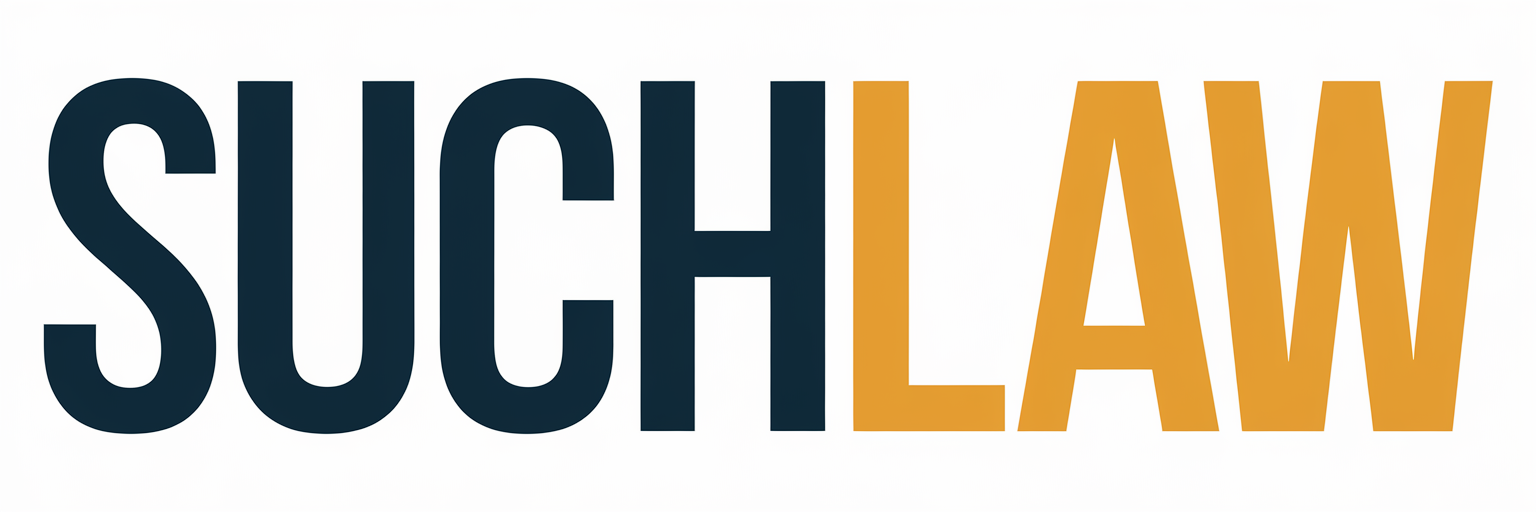Legal disputes keep shifting online, and digital tools are really changing how folks settle conflicts without stepping into a courtroom. Digital Alternative Dispute Resolution (ADR) tools mix technology with classic mediation and arbitration to make resolving issues quicker, cheaper, and a lot more accessible. The International Chamber of Commerce has launched next-generation digital case management platforms that are shaking up everything from document sharing to final awards.

These platforms use artificial intelligence, cloud computing, and secure communication tools to speed up what used to be slow, paperwork-heavy processes.
Now, parties file cases, share documents, and join hearings from just about anywhere.
The tech handles routine stuff automatically, letting human mediators and arbitrators focus on actually solving the dispute.
More organizations are jumping on board because these tools cut costs and save time.
Legal practitioners now see mastering eDiscovery and AI in ADR as a must-have skill, not just a nice bonus.
This shift to digital is changing how businesses, consumers, and legal pros look at conflict resolution.
Key Takeaways
- Digital ADR tools use technology with traditional dispute resolution, making things faster and more affordable
- Features like AI, cloud storage, and automated workflows handle routine tasks, so people can focus on the real disagreements
- Legal professionals need to get comfortable with these digital tools—they’re becoming the new normal
Core Features and Benefits of Digital ADR Tools

Digital ADR platforms are changing how legal pros manage disputes.
Automated case management, easy electronic submissions, and smoother admin workflows now handle the heavy lifting.
These systems cut down on manual work and crank up the accuracy and speed in arbitration.
Enhanced Case Management
Digital platforms offer dashboards that track all case activities in real time.
Users can keep an eye on deadlines, check document status, and get automatic notifications about important milestones.
The system keeps a detailed history, with timestamps for every action.
You’ll always know when someone filed, reviewed, or changed a document.
Case scheduling is now automatic, thanks to built-in calendar systems.
The platform matches up everyone’s availability—parties, arbitrators, and lawyers—without endless emails.
Digital tools spit out progress reports that flag possible delays or issues.
These alerts help case managers jump in before problems slow things down.
Electronic Submission and Document Management
Electronic submission means you no longer deal with piles of paper.
People upload briefs, evidence, and other materials directly through secure web portals.
The system sorts documents by case number, date, and type, so finding files during arbitration is a breeze.
Version control tracks every change and keeps older versions handy.
Users can see exactly what changed and when.
Security features like encryption and access controls keep sensitive info safe.
Only the right folks can view or download case documents.
Case Administration Efficiency
Digital ADR tools now automate routine admin work like fee calculations and invoices.
This lightens the load for staff and cuts down on mistakes.
Communication management puts all case-related messages in one place.
Parties exchange info without juggling emails or phone calls.
The platform offers ready-made forms and templates for common procedures.
This keeps things consistent across cases and saves everyone time.
Reporting tools give detailed stats on case duration, resolution rates, and resource use.
Admins can spot areas to improve and tweak workflows as needed.
Technologies Empowering Digital ADR

Artificial intelligence is shaking up how legal professionals analyze case data and predict outcomes.
Tech-assisted review speeds up document processing, and eDiscovery integration creates smoother workflows for handling digital evidence.
Role of Artificial Intelligence in ADR
AI is automating complex legal tasks in ADR.
Machine learning algorithms dig into tons of case data to find patterns and precedents that help with decisions.
Natural language processing lets AI understand legal documents and contracts.
This tech pulls out key clauses and spots possible dispute areas before things get messy.
Predictive analytics powered by AI can forecast case outcomes using old data.
Legal teams use these insights to plan smarter negotiation strategies.
AI-powered document review and summarization helps arbitrators spot case precedents and analyze past judgments.
These tools also flag potential conflicts of interest on their own.
Smart systems match disputes with the right mediators or arbitrators.
AI looks at expertise, availability, and past success to make the best matches.
Technology-Assisted Review and Predictive Coding
Technology-assisted review (TAR) cuts down the time and money spent on document analysis in digital ADR.
These systems use machine learning to sort documents as relevant or not for each case.
TAR gets started when legal experts train the algorithms on sample docs.
The system learns what matters and applies that to bigger batches.
Predictive coding makes TAR even better by learning from feedback.
As lawyers review recommendations, the algorithm gets sharper at spotting what’s relevant.
Here are some perks of TAR:
- Faster processing for big piles of documents
- Consistent classification for legal teams
- Lower costs compared to doing it all by hand
- Quality control with stats to back it up
Advanced TAR systems can move the most important documents to the top of the pile.
That way, critical evidence gets attention right when you need it.
Integration of eDiscovery and ESI
Electronic discovery integration makes collecting and analyzing electronically stored info (ESI) way easier.
Modern ADR platforms connect straight to eDiscovery tools for seamless workflows.
ESI covers emails, databases, social media, and cloud docs.
With proper integration, all the digital evidence stays preserved and easy to get during proceedings.
Data preservation happens automatically with these systems.
Legal holds trigger across different platforms at once, cutting the risk of losing stuff.
Processing workflows handle all sorts of file types and pull out metadata.
Investigators get access to everything about when and how documents were made or changed.
Search tools now reach across all connected platforms.
Legal teams can run complex searches across eDiscovery and case management systems from one place.
Security stays tight, too.
Encryption and access controls protect sensitive data, but still let people collaborate when needed.
Frequently Asked Questions

Digital ADR tools get people asking about new tech like AI and blockchain, ways to boost efficiency, security for sensitive info, integration with courts, best practices for getting started, and how they handle disputes across borders.
What are some emerging technologies in alternative dispute resolution (ADR)?
Artificial intelligence is behind a lot of the new stuff in ADR.
AI-powered platforms can spot case patterns and recommend good resolution strategies.
Machine learning helps predict how disputes might turn out by looking at past cases.
Blockchain tech creates records of ADR proceedings that can’t be tampered with.
Smart contracts can automatically execute agreements once parties settle.
These digital contracts mean less manual follow-up.
Virtual reality platforms let people recreate disputed situations.
Participants can see events from different angles during mediation.
This is pretty handy in construction or accident disputes.
Natural language processing tools analyze heaps of legal documents in a flash.
They pull out key issues and possible settlement points, making things easier for mediators and arbitrators.
How have digital tools improved the efficiency of ADR processes?
Online scheduling systems cut out the endless back-and-forth.
Automated calendars find open times for everyone, so things get started faster.
Document sharing platforms keep all case materials in one spot.
Everyone can access files, evidence, and messages from any device.
Real-time updates mean nobody works off old info.
Digital case management tracks progress at every step.
Automated reminders keep things moving.
Deadlines built into the system stop cases from stalling.
Video conferencing means people don’t have to travel.
Parties join sessions from anywhere, and recordings make sure there’s a solid record of what happened.
What are the security considerations when using digital ADR platforms?
End-to-end encryption keeps all communications safe during proceedings.
Only the right people can access sensitive info, thanks to strong encryption standards.
Extra security layers help prevent data breaches.
Identity checks make sure everyone is who they say they are.
Two-factor authentication adds another layer of safety.
Biometric verification gives even more security for high-stakes cases.
Data storage rules depend on where you are and what industry you’re in.
GDPR comes into play for European users, and healthcare disputes need HIPAA-compliant systems.
Regular security audits look for weak spots before they become real problems.
Outside experts can check that platforms meet industry standards.
Backup systems protect data if something goes wrong technically.
Can digital ADR methods be integrated with existing legal systems?
Court-connected mediation programs are using digital platforms for case management more and more.
Electronic filing systems link up with ADR scheduling tools.
Judges can send cases to online mediation, and everything transfers automatically.
Legal case management software often includes ADR features as standard.
Integration lets you move easily between litigation and other ways to resolve disputes.
Attorneys can track all efforts in one place.
Electronic discovery tools share evidence straight with ADR platforms.
No more prepping the same documents for different proceedings.
Parties keep info consistent throughout.
Settlement agreements from digital ADR can be filed electronically with courts.
Digital signatures usually meet legal requirements.
Automatic court filing cuts down on admin delays.
What are the best practices for implementing digital ADR solutions?
Staff training is key so everyone knows what the platform can and can’t do.
Regular training keeps people up to speed as software updates roll out.
Having tech support on hand helps nip small problems in the bud.
Set clear tech requirements before starting.
Participants need a solid internet connection and the right devices.
Backup ways to communicate can save the day if tech fails.
Data backup routines protect info during proceedings.
Automated backups keep all case materials and messages safe.
Cloud storage means you can get to your stuff from anywhere if you need to.
Testing with sample cases helps spot problems before going live.
Pilot programs let organizations fine-tune things with low-stakes cases.
Rolling things out slowly keeps staff and participants from feeling overwhelmed by new tech.
How do digital ADR tools facilitate international or cross-border disputes?
Time zone scheduling features make it easier to set up meetings across different regions. Coordinators use built-in world clocks to pick times that work for everyone.
Automated scheduling keeps people from getting confused about local meeting times.
Multi-language support lets people use real-time translation during video calls. Document translation tools quickly switch written materials between languages.
Professional interpreters can join in and help everyone communicate more clearly.
Currency conversion tools make it simple to figure out damages and settlements in different currencies. Exchange rate updates give you the latest values for financial disputes.
Automated calculations help prevent mistakes in cross-border settlements.
Jurisdiction-specific compliance features adjust to legal requirements by country. Local law databases give mediators a way to check regulations.
Regional security standards help keep data safe and meet each country’s requirements.

